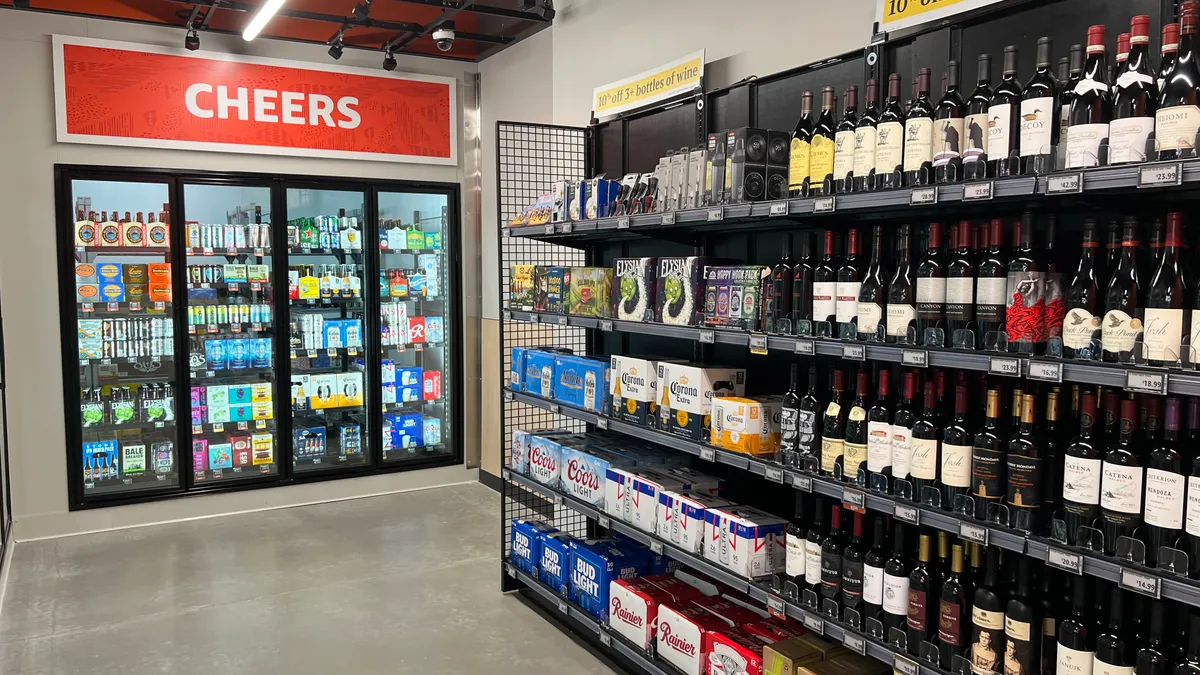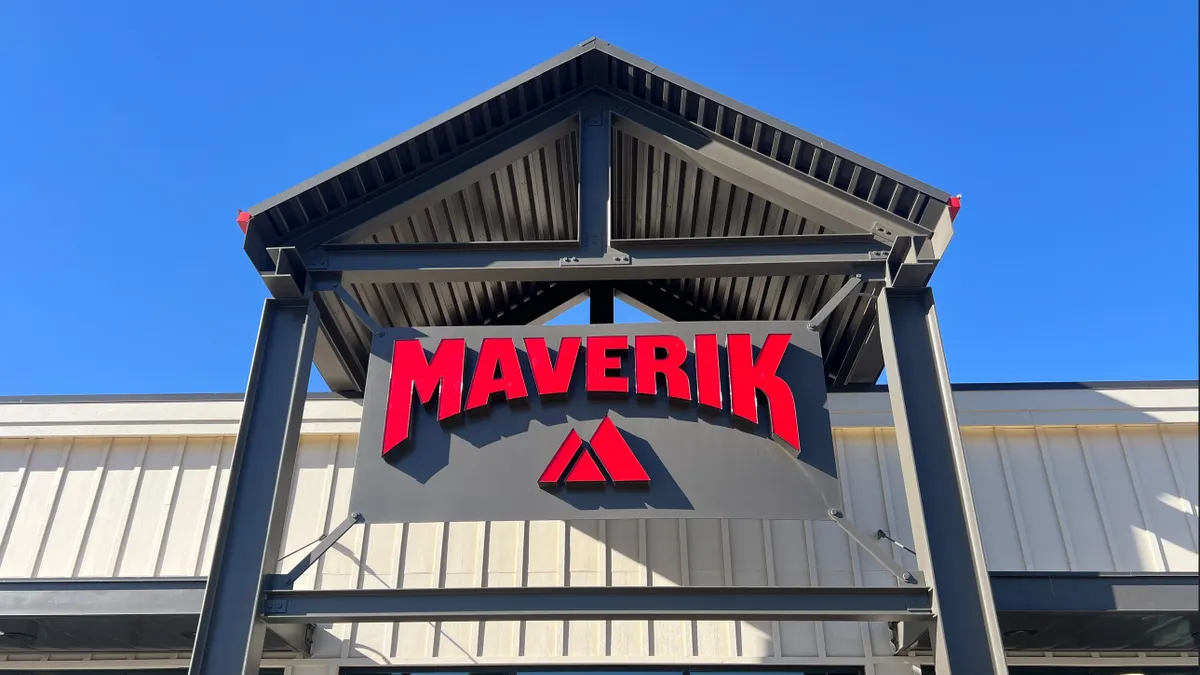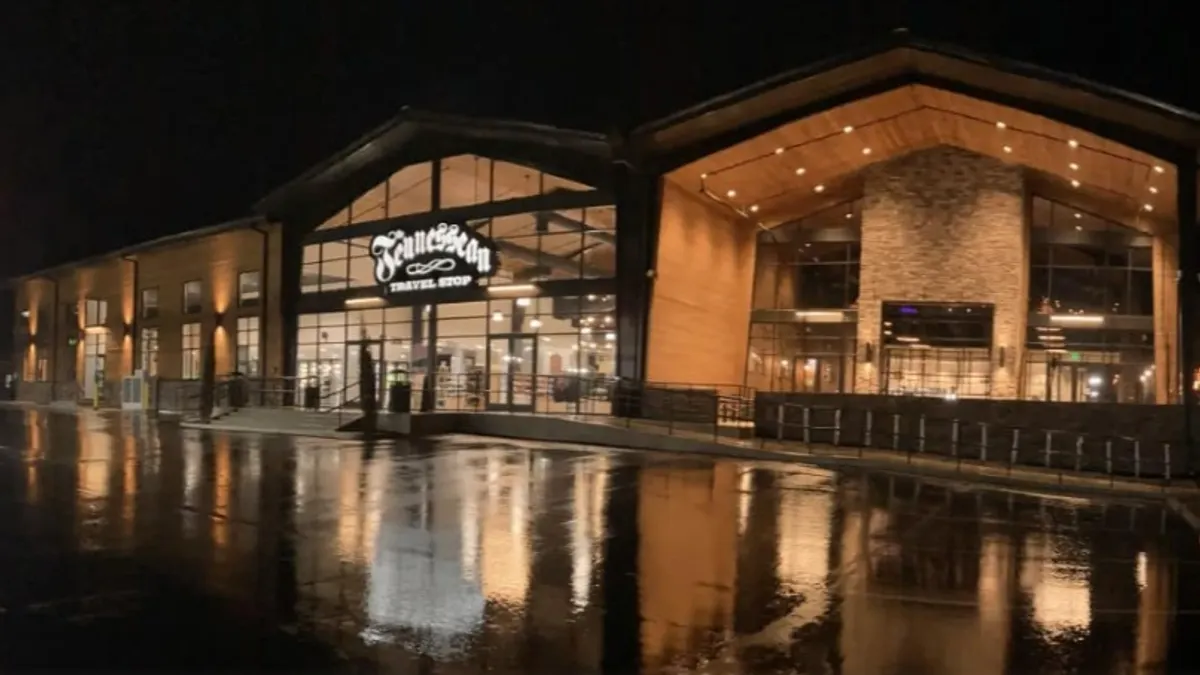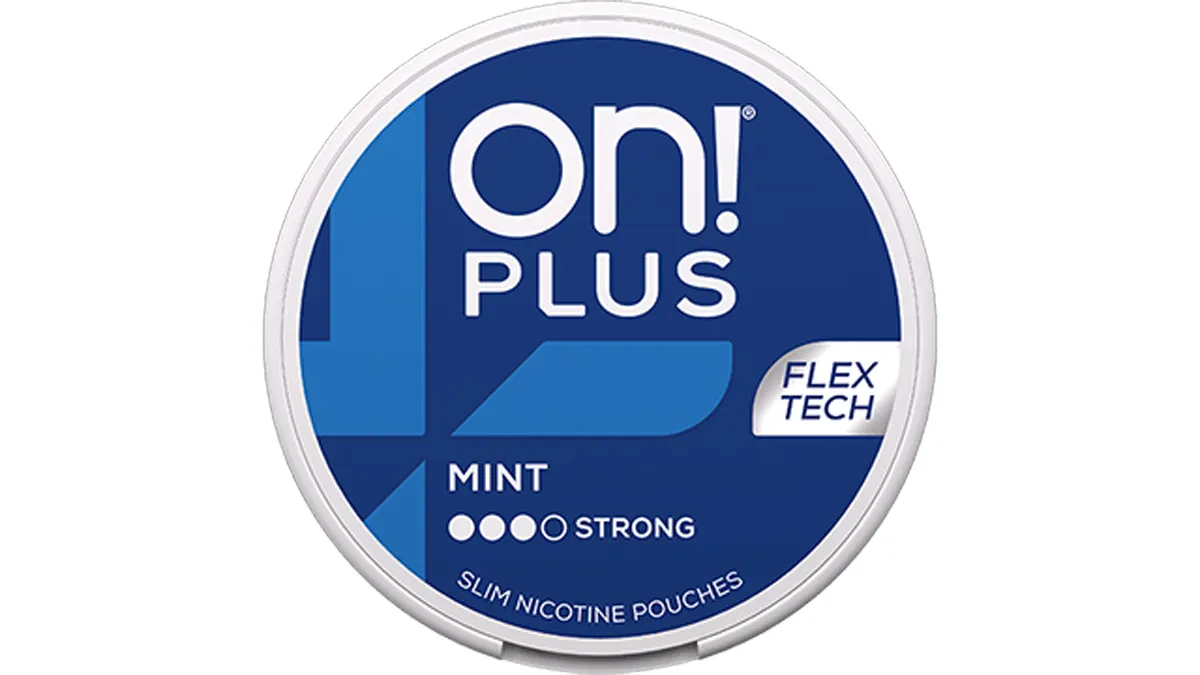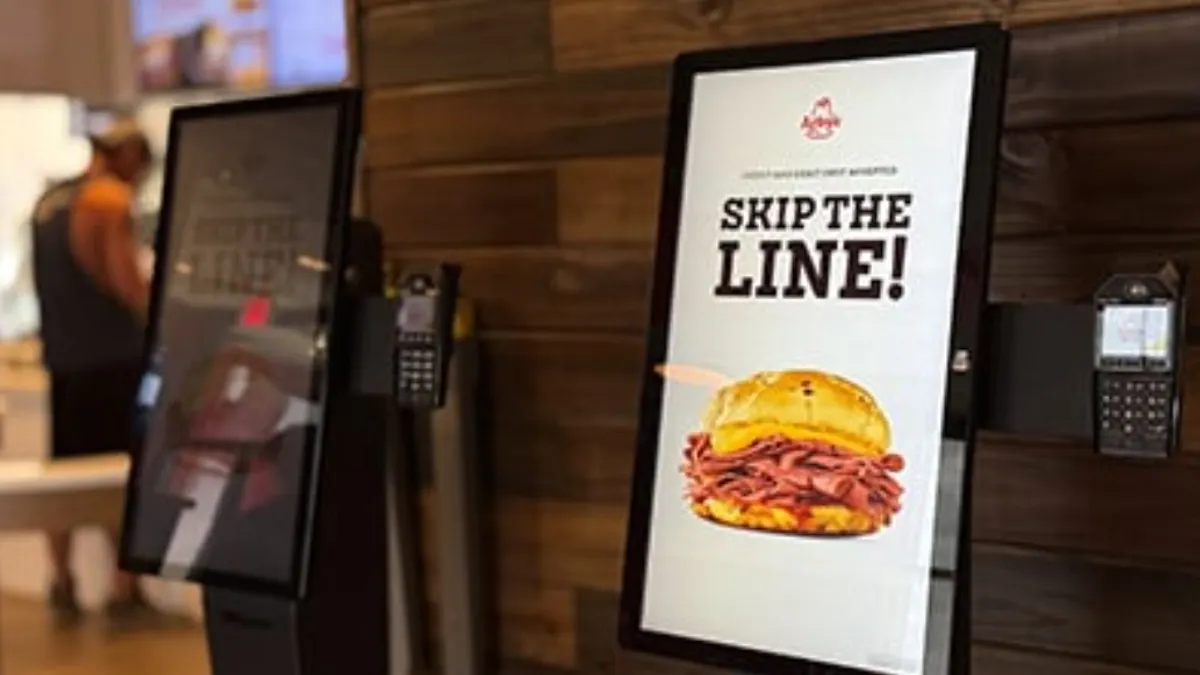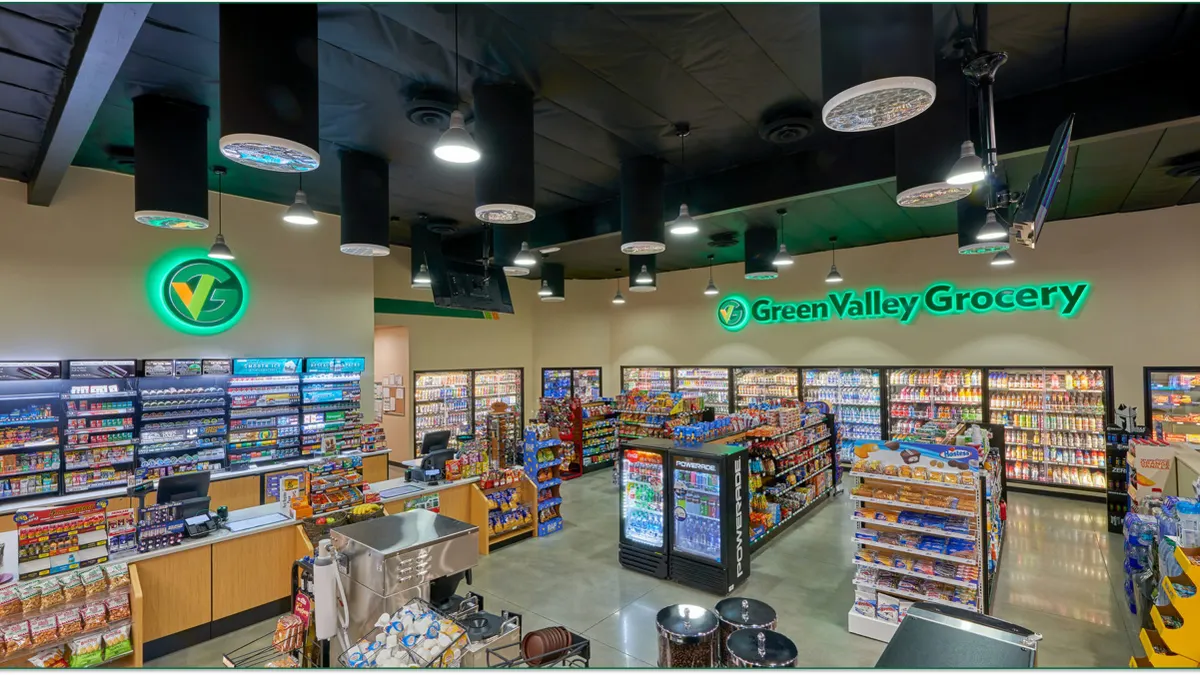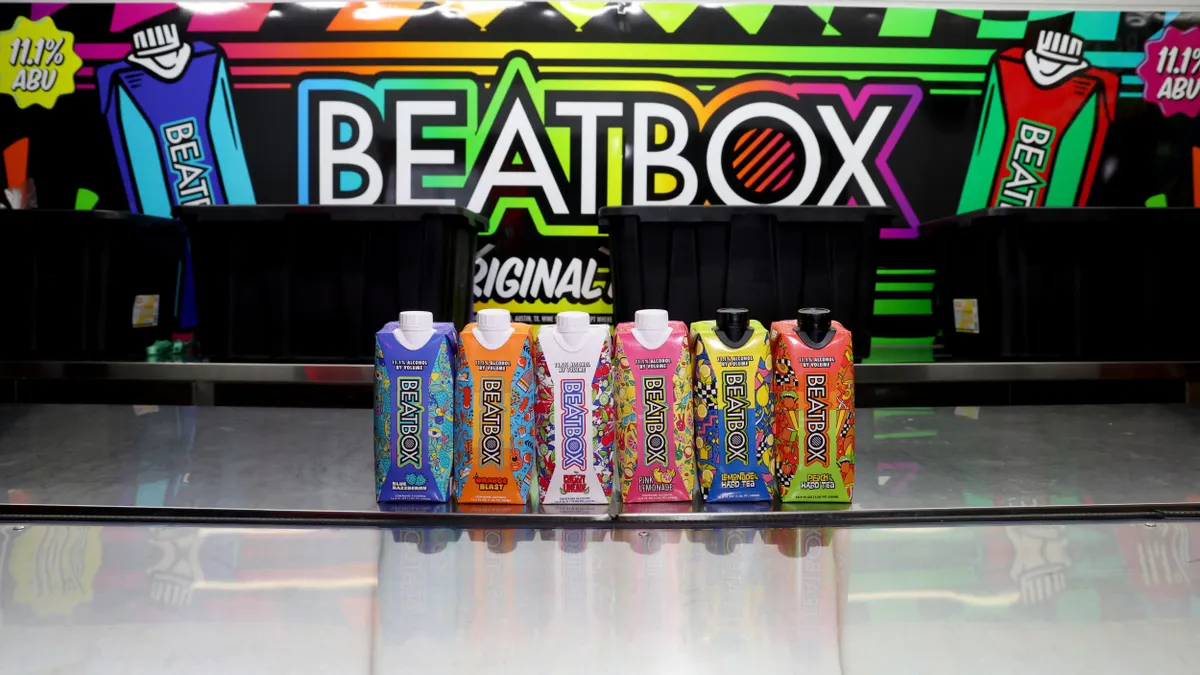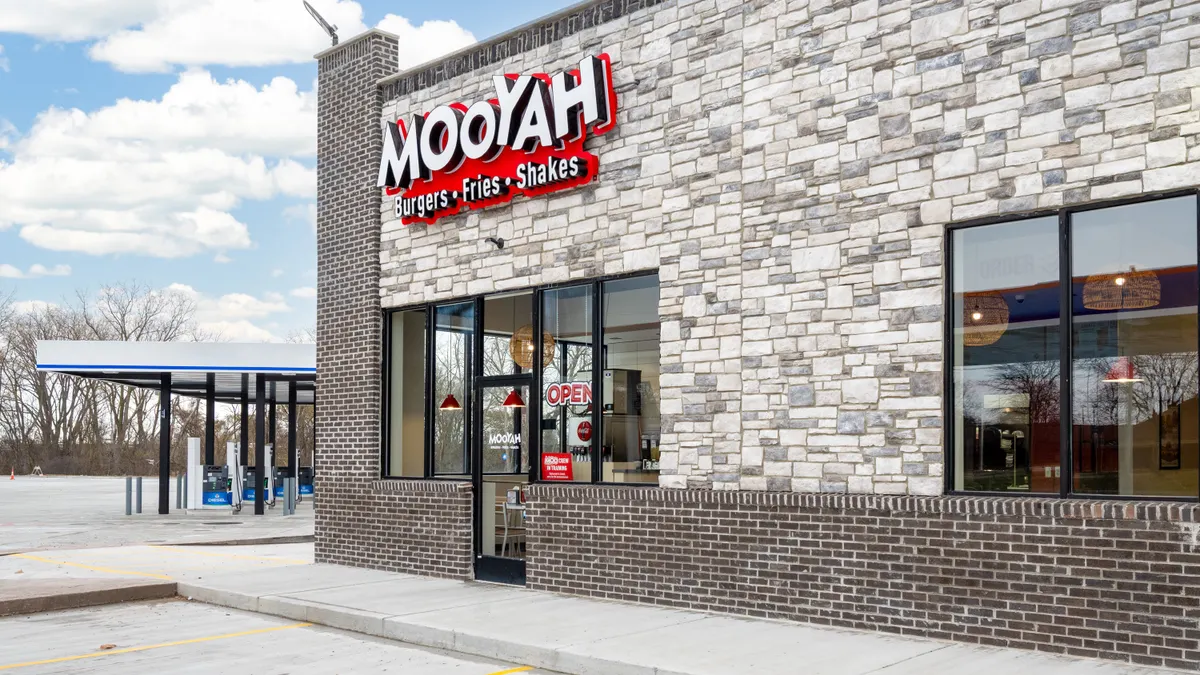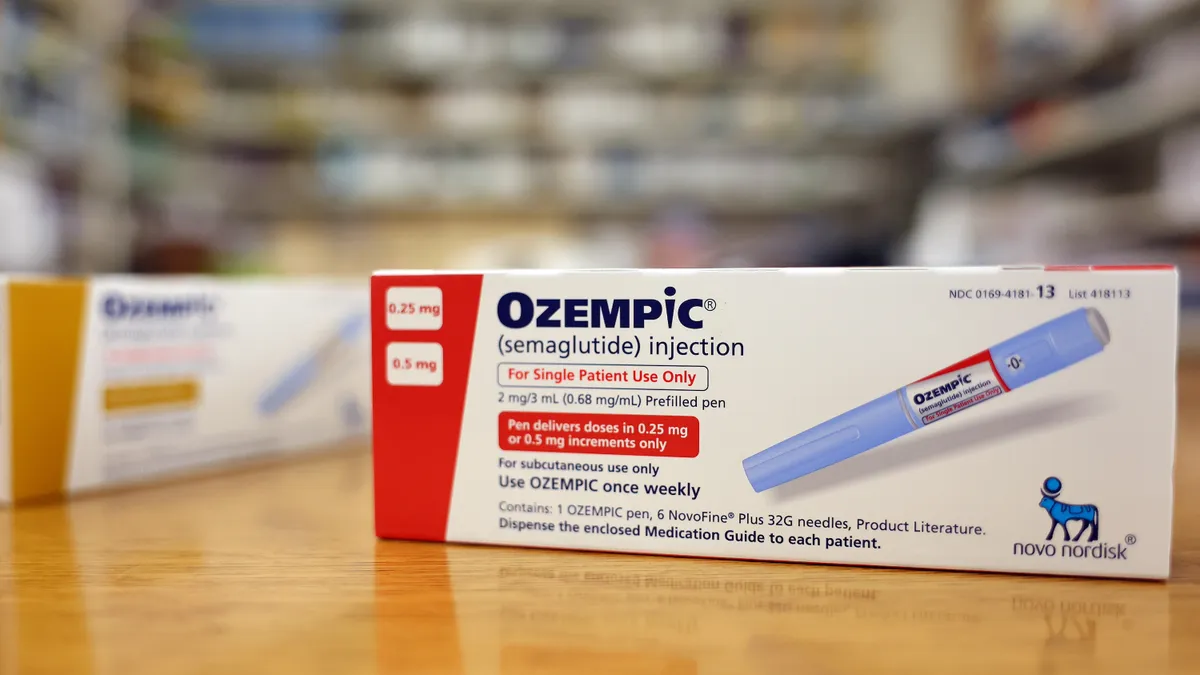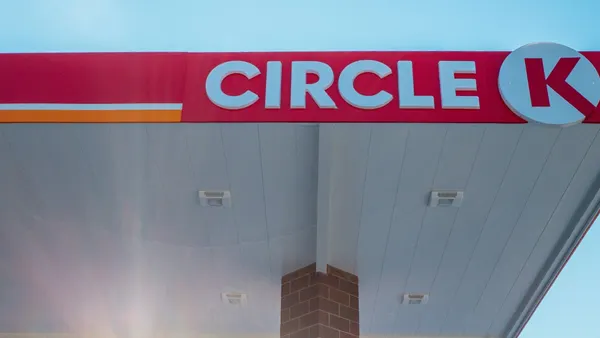C-stores have benefited from increased liquor consumption since the start of the pandemic. Even though growth was slower in 2022 as inflation hit, c-store alcohol sales remained high — particularly in the ready-to-drink spirits segment — and experts predict continued demand this year.
Total c-store alcohol sales rose 3.2% for the year ending Jan. 29, according to Chicago-based research firm IRI Worldwide, outpacing the multi-outlet category, or MULO (including grocery, mass-market retailers, drug stores, military, and select dollar and club stores).
Total liquor sales in c-stores is nearly equal to food stores — $28.5 billion versus $28.7 billion — said Scott Scanlon, executive vice president of beverage/alcohol at IRI Worldwide. “Convenience is actually outperforming really well during the last 52 weeks [with] increased trips.”
While liquor prices rose 7% in c-stores for the year ending Jan. 29, faster than in MULO that gained 3.9%, the total price per ounce is significantly lower in c-stores than in other channels “and has consistently held this gap over the last three years,” Scanlon said.
The fastest-growing segment in c-stores is spirits — which includes ready-to-drink beverages — rising 10.7% to $2.5 billion for the 52 weeks ending Jan. 29, according to IRI, while beer sales rose 2.9% to around $24.8 billion. Beer delivered nearly three-quarters of c-stores’ total alcohol growth, Scanlon noted.
While beer and spirits sales are up, sales of wine fell 4.2% to around $1.2 billion. “In 2020, the general thought was that wine should benefit because it’s an opportunity to put a bottle of wine on the table during the pandemic, as [many consumers] don’t have that commute time,” Scanlon said. However, “it did not play out that way. From a demographic perspective, younger consumers gravitated towards spirits.”
Here are the top four trends expected to impact c-store alcoholic beverage sales in 2023:

Ready-to-drink cocktails, hard seltzer reach wider demographics
C-stores’ booming spirit sales are driven by drinks such as High Noon from E&J Gallo, according to IRI Worldwide’s research and Bourcard Nesin, beverage analyst for Rabobank.
Ready-to-drink spirits appeal to younger consumers — and women in particular, which is important because women now represent the majority of regular alcohol consumers under 26, Nesin said, adding that shoppers seeking a “refreshing” beverage and flavor varieties are spurring sales.
Meanwhile, hard seltzer sales were down 3% in the fourth quarter of 2022, according to Goldman Sachs’ Beverage Bytes survey of 30,000 c-stores. Still, seltzers appealed across demographics more than other options, said Jeff Lenard, vice president of Strategic Industry Initiatives at the National Association of Convenience Stores.
“Previously, gatherings were likely to include beer and wine coolers to appeal to everyone, and preferences were along gender lines,” Lenard said. “Seltzers, meanwhile, have a wider demographic appeal and it’s easier to plan for events by just getting seltzer.”
Across retail, spirit sales have “really benefited from the pandemic.” Scanlon said. “Spirits were already rising. Like many things, the pandemic added fuel to a trend that was already taking off. Younger consumers were trying to mix their own cocktails and become mixologists…and the majority of the country shut down a lot of the on-premise locations.”
Imports are where it’s at for beer
Sales in the beer and flavored malt beverages category rose 2% in the fourth quarter, according to Beverages Bytes, and ended 2022 with sales growth of 6%. However, retailers expect more subdued growth of 3% in 2023, compared to a prediction of 4% growth in the Beverage Bytes’ Q3 survey.
The beer category has shifted over the past year or more, marked by surging growth in imports and less popularity for domestic beers. Domestic sales dropped 0.8%, while imports surged 11.4% at c-stores, according to IRI. In fact, imports are the fastest-growing alcoholic beverage in c-stores by overall contribution, followed by flavored malt beverages, domestic super premiums and premixed cocktails.
Overall, beer is not performing as well as spirits due in part to chauvinistic marketing that has turned off both female and male shoppers, Nesin said. “Women 26 and younger are the majority of alcohol consumers…particularly women of color.”
To turn around sales, more stores are highlighting the category with walk-in coolers. “It’s not just about creating a walk-in cooler, it’s about creating that experience,” Lenard said. “Stores are continually upgrading the look of these coolers and telling a story, especially about the temperature. It’s much more common to see big thermometers showcase the temperature of the cooler to show that the product is equally chilled.”
Both single-serve and multi-packs expected to grow
Due to consumers’ concerns about the economy and inflation, grocery and mass-market outlets are outperforming recently. Consumers are “buying at a bulk rate to have some savings,” Scanlon said, which c-store retailers could take better advantage of.
Multi-packs have grown in popularity since the start of the pandemic as people seek more pantry items, Lenard agreed. “Before the pandemic, more than 80% of all items purchased in a c-store were consumed within the hour,” he said. “That means that virtually all beer sold was cold, because customers didn’t want to wait to chill their purchase once they got home.”
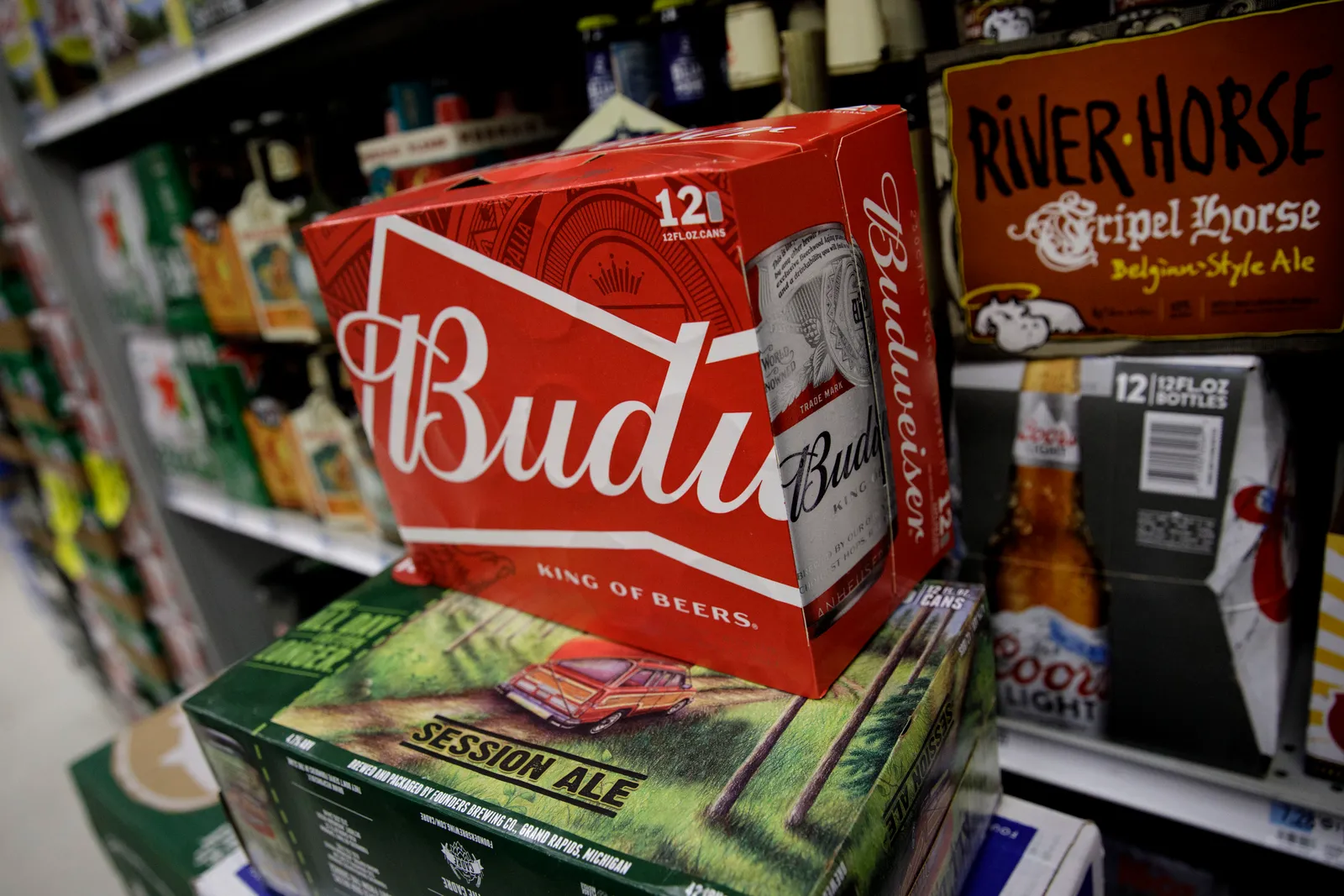
However, as consumers used c-stores for pantry purchases in 2020, they also grew more likely to purchase beer that they could chill at home and have later. This change provided an opportunity to merchandise room-temperature beer in some cases, Lenard said.
Still, single-serve ready-to-drink seltzers and flavored malt beverages are where c-stores shine. “Those products attract consumers, with their flavors, caloric levels and perceived better-for-you attributes,” Scanlon said. “Consumers who want to try the new flavors can try a single-serve at a c-store and see if they like it.”
The recent success of single-serve boxed wine, such as Bota Box, is another profit center for c-stores. “Younger generations don’t care that wine is in a bottle and, for some, it is less convenient,” Scanlon said. “It provides a great opportunity for those boxed wines.”
Less restrictive liquor laws will boost sales
The enhanced ability to buy liquor at c-stores and grocery stores in certain states, along with more relaxed cocktail-to-go regulations, is expected to help boost alcohol sales at c-stores this year.
Last year, five additional states passed cocktails-to-go legislation, bringing the total to 18 states, according to the Distilled Spirits Council of the U.S.
Certain states are expanding alcohol access in other ways as well. Last fall, Colorado voted to allow grocery and convenience stores with a license to sell beer also to sell wine between 8 a.m. and midnight. That means nearly 1,900 stores can add wine to their shelves, according to the Colorado Department of Revenue, per Axios.
“It is a trend that is going to continue,” Scanlon said. The growth of e-commerce alcoholic beverage sales during the pandemic also opened up the door to allow more liquor to be sold at convenience stores, he added.
Overall, spirits and spirit-based ready-to-drink category will continue to outperform in c-stores this year, along with Mexican beers and select wine brands. However, the wine category overall will continue to trail.
The opportunity for convenience stores is offering the right products — ones that are attracting consumers today — “so they think of that as a destination and don’t have to go [to] grocery and [mass-market retailers] to get the product,” Scanlon said.
Correction: An earlier version of this story incorrectly stated that women under 26 now represent a majority of alcohol consumers.

